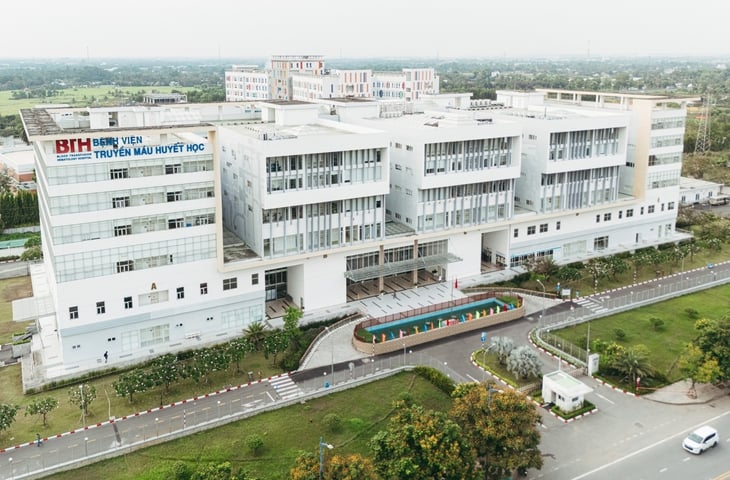
Facility 2 of the Blood Transfusion - Hematology Hospital located in Tan Kien Medical Cluster (HCMC) has a spacious, modern facility serving patients - Photo: THANH HIEP
From July 1, the new Ho Chi Minh City will have 162 hospitals, including 12 ministerial hospitals, 32 general hospitals, 28 specialized hospitals, and 90 non-public hospitals.
In addition, the number of private clinics has also increased significantly, specifically there are more than 9,000 specialized clinics, 351 general clinics and more than 15,000 pharmaceutical businesses and pharmacies.
How are medical facilities in Ho Chi Minh City arranged?
Regarding the grassroots health sector, the City Department of Health will receive district and county health centers under the Department of Health and convert them into regional health centers; maintain the status quo of headquarters, facilities, assets and financial resources; current organizational structure, leadership and number of employees.
"The restructuring of the grassroots health system aims to improve the effectiveness, efficiency and quality of health care for the people in the new situation," said the Ho Chi Minh City Department of Health.
Specifically, before June 30, the Department of Health will receive 22 district and city health centers and 273 ward and commune health stations in their original state (the temporary health centers and health stations will be under the management of the Ho Chi Minh City Department of Health from July 1).
Next, within the next 60 days, the Department of Health will submit to the City People's Committee for approval a project to reorganize 38 district and commune health centers into 38 regional health centers; reorganize 443 temporary ward and commune health centers into 168 new ward and commune health stations and 299 health points.
At the same time, based on the instructions of the Ministry of Health , develop the functions, tasks and powers of new ward and commune health stations and health points.
To ensure that people receive health care right from the grassroots level, the Department of Health assigns regional health centers the responsibility of prioritizing the mobilization of additional human resources so that medical points are eligible to sign contracts for health insurance examination and treatment (for medical points that have not yet implemented health insurance examination and treatment).
Opportunity for development, soon to become a regional medical center
The Ho Chi Minh City Department of Health predicts that after the merger, the number of medical examinations and treatments will increase at the city's general and specialized hospitals.
The number of medical examinations will increase from over 42 million/year to over 51 million/year, the number of inpatient treatments will increase from over 2.2 million/year to over 3.8 million/year.
If compared nationwide, the city's health system will provide more than 30% of outpatient visits and more than 23% of inpatient treatments nationwide.
Speaking with Tuoi Tre , Dr. Nguyen Hoai Nam, Deputy Director of the Ho Chi Minh City Department of Health, shared that after the merger, the demand for medical services in the city will increase in scale and diversify in types such as: the demand for inter-regional and specialized medical services; private and international medical services tend to expand; the demand for digital transformation, management systems and data connection.
Managing a larger area will create a need for strong digital transformation in managing, scheduling, storing and coordinating health information of people across the region. The health sector needs stronger digitalization to facilitate activities...
Therefore, the Ho Chi Minh City Department of Health and the Departments of Health of Binh Duong and Ba Ria - Vung Tau provinces have organized three workshops to discuss and propose many solutions after the merger.
The issues that need to be focused on have been identified as: real estate records of the units under management; bed capacity of hospitals and medical centers with beds; new construction projects, usage plans; surplus real estate after mergers and consolidations; areas of medical stations that do not meet standards... This is to ensure that the health sector serves the people better and better after the merger.
The Deputy Director of the Ho Chi Minh City Department of Health affirmed that the merger is not only a challenge but also an opportunity for the city's health sector to develop, aiming to become a health care center in the ASEAN region.
In fact, in recent years, the city has been implementing many activities to improve the health sector. Currently, there are specialties that have developed on par with other countries in the region and the world.
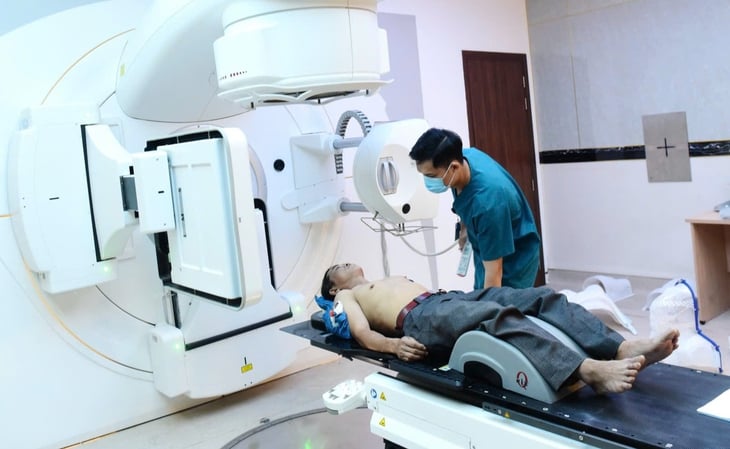
Oncology Hospital (Facility 2, Ho Chi Minh City) was put into use by the Ho Chi Minh City health sector in 2021 with spacious, airy, and modern facilities - Photo: DUYEN PHAN
How does the health station operate from July 1?
Speaking to Tuoi Tre , Associate Professor, Dr. Tang Chi Thuong - Director of the Ho Chi Minh City Department of Health - said that from July 1, for health stations to become stations, these stations will still be the place to provide primary health care services to people such as medical examination and treatment; vaccination; and preventive work. Therefore, people will still have normal medical examinations as before.
In addition, medical centers with inpatient beds (including District 3, 5, 10 and Can Gio Medical Centers) will be given priority to increase medical human resources, especially doctors to new ward and commune health stations and medical points.
Next, the existing inpatient bed facilities of medical centers (districts 3, 5, 10 and Can Gio) will be converted into suitable types to meet the medical examination and treatment needs of people in the city.
Developing additional facilities 2 and 3 of leading hospitals
According to information from Dr. Nguyen Hoai Nam, the city will proactively research and expand more service facilities according to the model of facility 2 and facility 3 of the leading general and specialized hospitals in Ba Ria - Vung Tau and Binh Duong.
This not only meets the people's need for medical examination and treatment but also creates an opportunity to promote the development of medical tourism, attracting a large number of people and tourists to come for medical examination and treatment.
At the same time, advise on supplementing the health system development plan such as developing the fourth and fifth specialized medical clusters according to the new plan in addition to the three specialized medical clusters of the city (Tan Kien medical cluster, Central medical cluster and Thu Duc City medical cluster).
Continue to promote the implementation of public investment projects and mobilize social resources to develop the city's health system, ensuring 35.1 hospital beds per 10,000 people by 2030.
Source: https://tuoitre.vn/y-te-tp-hcm-vuon-minh-som-tro-thanh-trung-tam-y-te-khu-vuc-20250630224330511.htm




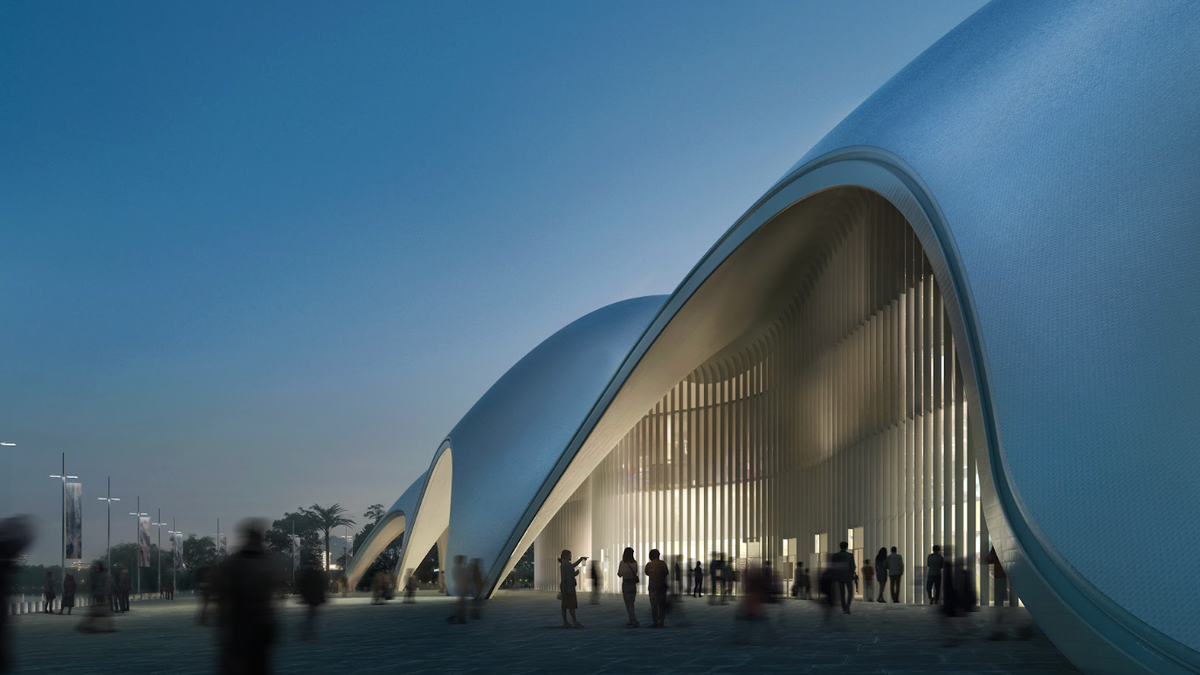
![[Photo] Prime Minister Pham Minh Chinh chaired a meeting of the Steering Committee on the arrangement of public service units under ministries, branches and localities.](https://vphoto.vietnam.vn/thumb/1200x675/vietnam/resource/IMAGE/2025/10/06/1759767137532_dsc-8743-jpg.webp)
![[Photo] Prime Minister Pham Minh Chinh chairs a meeting of the Government Standing Committee to remove obstacles for projects.](https://vphoto.vietnam.vn/thumb/1200x675/vietnam/resource/IMAGE/2025/10/06/1759768638313_dsc-9023-jpg.webp)


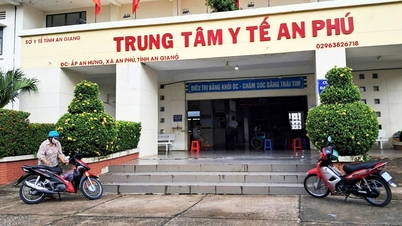
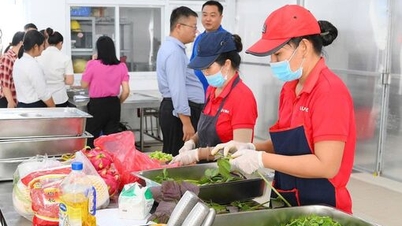










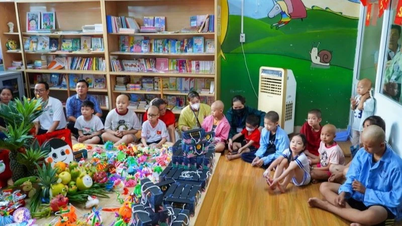

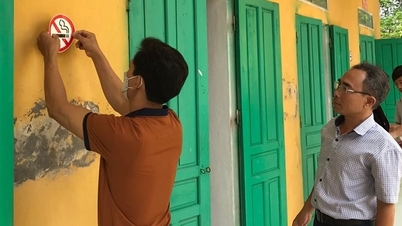

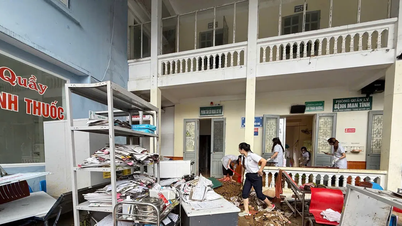

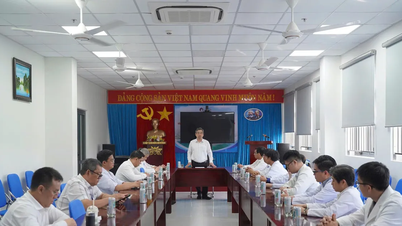











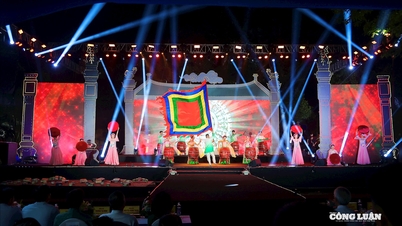



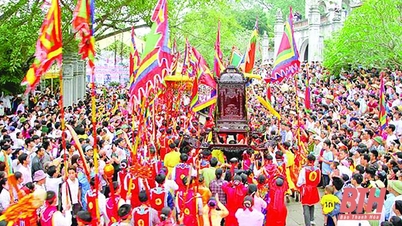

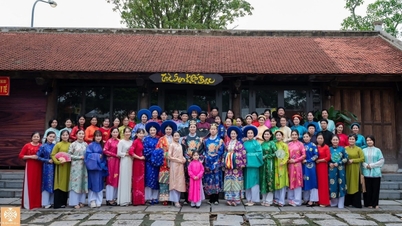


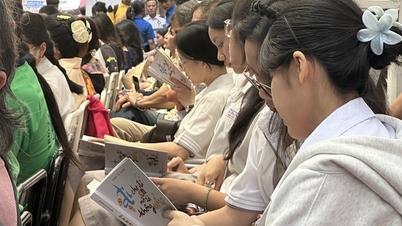
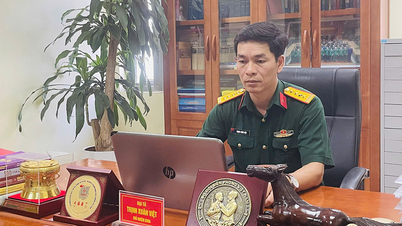





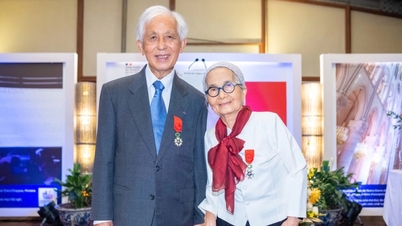







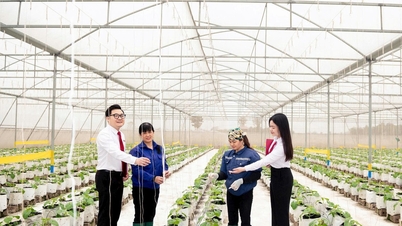



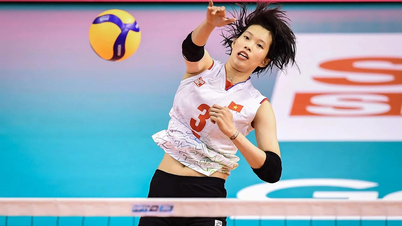

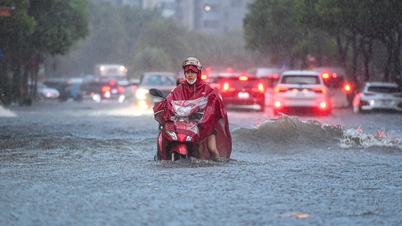


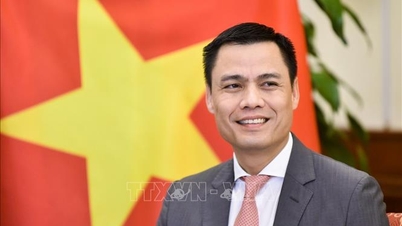

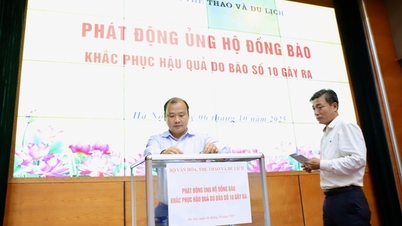




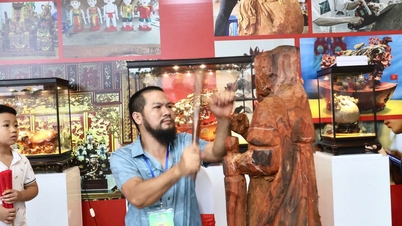





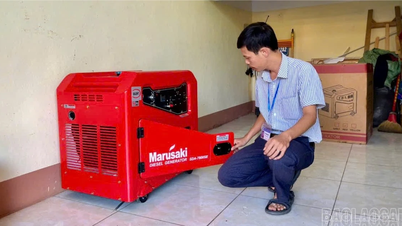








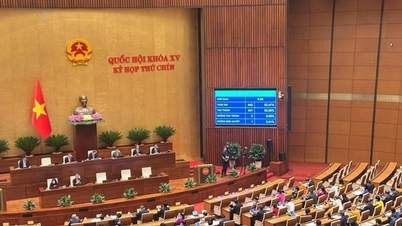









Comment (0)